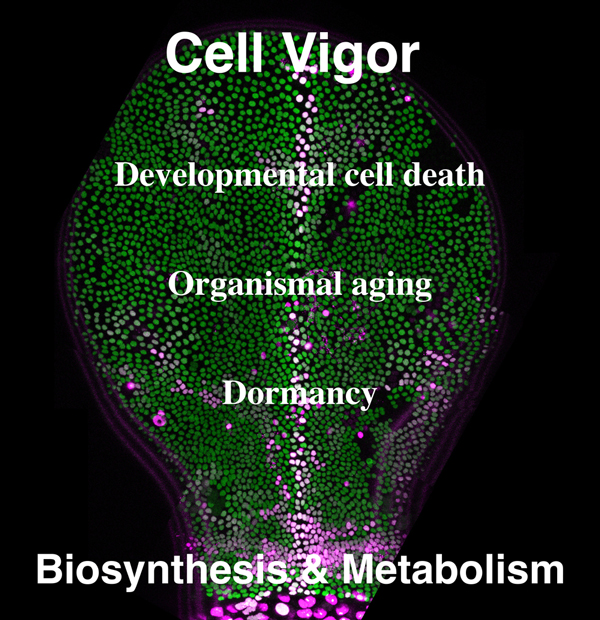Selected Publications
Obata, F., and Miura, M. (2024). Regulatory mechanisms of aging through the nutritional and metabolic control of amino acid signaling in model organisms. Annu. Rev. Genet. 58, 19-41.
Kosakamoto, H., Obata, F., Kuraishi, J., Aikawa, H., Okada, R., Johnstone, J.N., Onuma, T., Piper, M.D.W., and Miura, M. (2023). Early-adult methionine restriction reduces methionine sulfoxide and extends lifespan in Drosophila. Nat. Commun. 14, 7832.
Tsuda-Sakurai, K., and Miura, M. (2019). The hidden nature of protein translational control by diphthamide – the secrets under the leather. J. Biochem. 165, 1-8.
Obata, F., Tsuda-Sakurai, K., Yamazaki, T., Nishio, R., Nishimura, K., Kimura, M., Funakoshi, M., and Miura, M. (2018). Nutritional control of stem cell division through S-adenosylmethionine in Drosophila intestine. Dev. Cell 44, 741-751.
Kashio, S., Obata, F., Zhang, L., Katsuyama, T., Chihara, T., and Miura, M. (2016). Tissue non-autonomous effects of fat body methionine metabolism on imaginal disc repair in Drosophila. Proc. Natl. Acad. Sci. USA 113, 1835-1840.
Obata, F., and Miura, M. (2015). Enhancing S-adenosyl-methionine catabolism extends Drosophila lifespan. Nat. Commun. 6, 8332.
Obata, F., Kuranaga, E., Tomioka, K., Ming, M., Takeishi, A., Chen, C-H., Soga, T., and Miura, M. (2014). Necrosis-driven systemic immune response alters SAM metabolism through the FOXO-GNMT axis. Cell Rep. 7, 821-833.





